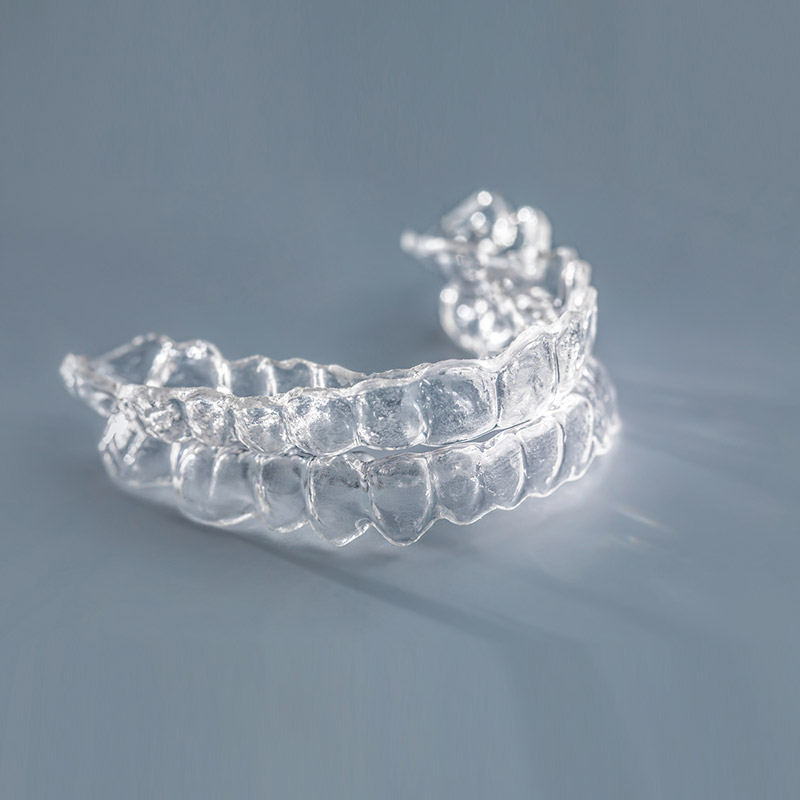Embarking on the journey to straighten your teeth can be both exciting and overwhelming. With a myriad of orthodontic appliances available, it's essential to understand your options to make informed decisions about your treatment. In this comprehensive guide, we'll navigate through the world of orthodontic appliances, exploring the various types, their functions, and considerations to help you achieve the smile of your dreams.

Understanding Orthodontic Appliances:
Orthodontic appliances are devices used to correct misaligned teeth and jaws, ultimately improving oral health and aesthetics. These appliances work by applying gentle pressure to gradually move teeth into their proper positions. While traditional metal braces are the most well-known type of orthodontic appliance, several other options are available to suit different needs and preferences.
Types of Orthodontic Appliances:
Traditional Metal Braces: Made of high-grade stainless steel, traditional metal braces consist of brackets attached to the teeth and archwires that guide tooth movement. They are highly effective for correcting various orthodontic issues and are suitable for patients of all ages.
Ceramic Braces: Ceramic braces offer a less noticeable alternative to traditional metal braces. The brackets are made of tooth-colored ceramic material, blending in with the natural color of the teeth for a more aesthetic appearance.
Lingual Braces: Lingual braces are similar to traditional braces but are placed on the inner surfaces of the teeth, making them virtually invisible from the outside. They are an excellent option for individuals who desire discreet orthodontic treatment.
Clear Aligners: Clear aligners, such as Invisalign, are removable plastic trays that gradually straighten teeth without the need for brackets or wires. They offer unmatched comfort and convenience, allowing patients to maintain their oral hygiene routine and enjoy their favorite foods throughout treatment.
Considerations for Choosing Orthodontic Appliances:
When selecting an orthodontic appliance, several factors should be taken into account, including the severity of your orthodontic issues, your lifestyle and aesthetic preferences, and your budget. Consulting with an experienced orthodontist is crucial to determine the most suitable treatment plan tailored to your unique needs and goals.
Conclusion:
Navigating the world of orthodontic appliances may seem daunting, but with the right guidance and information, you can make confident decisions about your orthodontic treatment. Whether you opt for traditional braces, ceramic braces, lingual braces, or clear aligners, the ultimate goal remains the same: achieving a straighter, healthier smile that boosts your confidence and enhances your overall well-being. Trust in the expertise of your orthodontist and embrace the journey toward a brighter, more beautiful smile.




